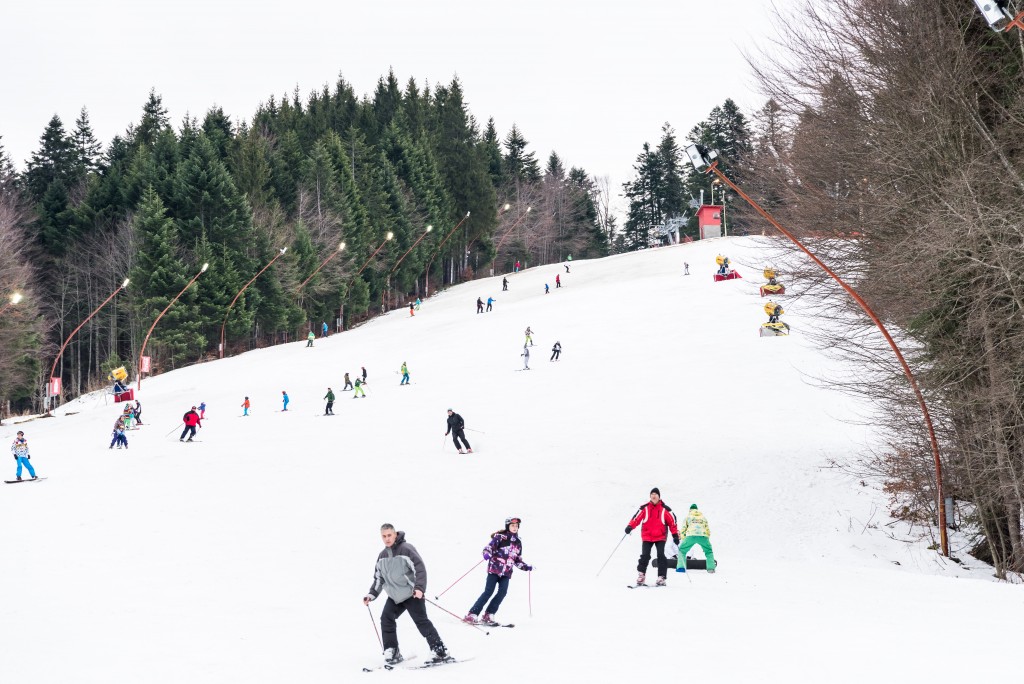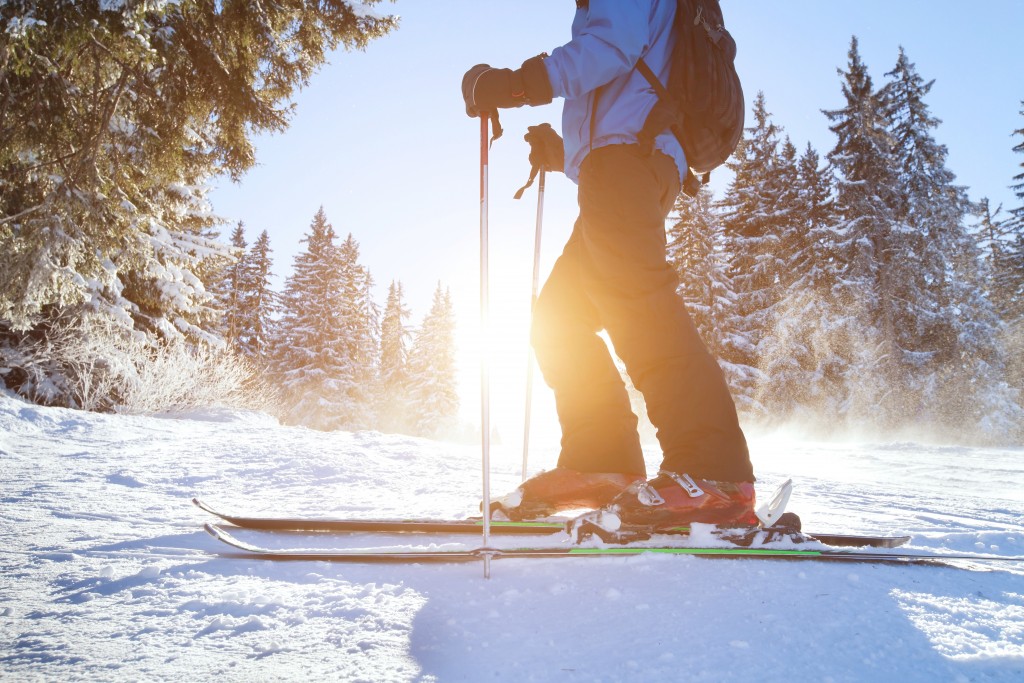The plush white powder of snow, the specks of evergreen trees, the multi-colored skiers clad in bundles of clothing. What could go wrong? Unfortunately, quite a bit if you’re unprepared. You may have a checklist of things to bring, which you’ve already checked twice.
But being prepared and safe on the slopes is not just about bringing the right things; it’s also about assessing your environment properly. Having the correct tools helps, but knowing what to look out for will make your trip a fun-filled experience for all.
Double Check Your Equipment
Sure, you’re probably bringing your own gear. But straps and buttons can get dislodged or loosened during transit. Before you go zipping down the slopes, take a moment to assess your gear. Are your skis locked on properly? Do your goggles hug snugly? Are your boots the right fit or are you wearing your helmet properly? Many manufacturers such as Giro even go the step further by introducing a magnetic snap for men’s and women’s ski helmets to ensure a snug fit and optimum safety.
Many professional ski instructors and athletes say that while borrowing ski gear may seem more economical, it’s not preferable. It is best to use your own that were fitted at professional sporting goods stores. It is also more hygienic. In a bind, you can approach a ski lodge or ski shop and ask if they have any gear for rent. They can help you find the next best option.
Scout the Slopes
Don’t just rely on a pamphlet or your previous experiences to gauge a specific slope. Nature can be unpredictable. Take the time to scan your surroundings to see if there are banks, hidden rocks, or even loosely packed powder. These could cause you to go off-course or even something worse.
You could even choose to wear goggles that have UVA/UVB protection. These goggles will protect your eyes from the sun while also filtering out excess light so that you can have a better connection and visual understanding of your terrain.
Keep Your Skis Tuned
If you’re a newbie, the idea of tuning what looks like a skinny piece of metal might seem off. But tuning your skis is important, especially since the terrain can change on a dime. Aside from keeping your skis tuned, your edges should also be kept sharp. This will assist you in making sharp turns, such as when avoiding ice.
Even after you’ve initially surveyed the slopes and seen no ice, the snow above it can be swept away by repeated skiing or skateboarding. Even experienced skiers choose to avoid ice, though they can maintain a better grip on it as they turn. But to be safe, keep your gear tuned and far away from any glimmering patches of ice.
Avoid Trees and Going off Piste

If you’re a more experienced skier, you could venture into trees or steeper slopes. However, you must understand the risks involved in choosing this terrain. Trees can be as hard as iron when hit from a velocity. Skiing off a piste, meanwhile, is a much more dangerous game. While the former can cause serious stumbles, skiing off a piste can make for a bad fall or worse: an avalanche.
When skiing among trees, make sure you aren’t alone and that you and your companion is watching each other’s back. When skiing off a piste, never go without an experienced guide. If possible, look for a guide with a license to teach and ski at such a level.
Skiing is a fun sport that can be perfect at any age. But to truly enjoy it, you must respect the terrain and the necessary precautions to be taken. From packing the right gear and assessing the surroundings to hiring a guide when needed and choosing the right slope, skiing is done best with respect and preparation.




